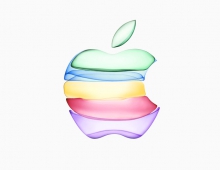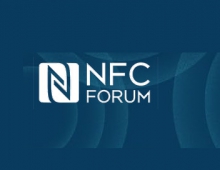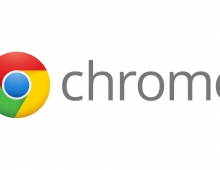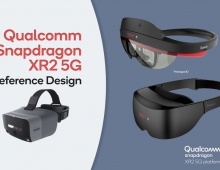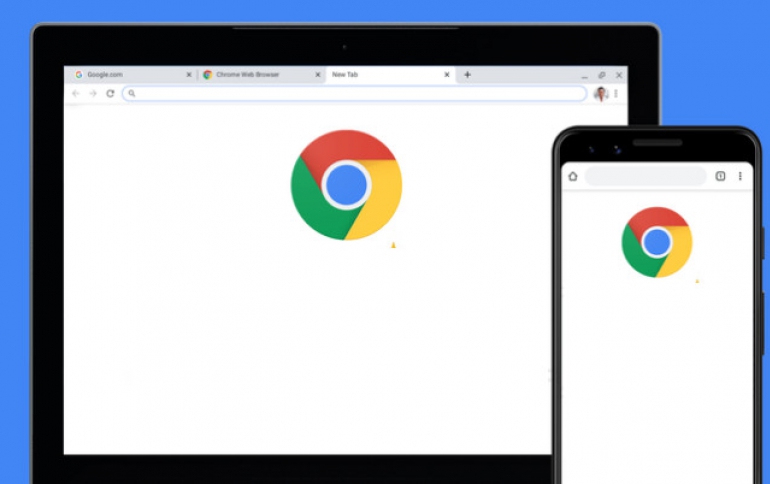
Chrome 81 Adds Near Field Communications, Augmented Reality
The newest Chrome beta channel release for Android, Chrome OS, Linux, macOS, and Windows
adds WebXR support for browser-based augmented reality and it also brings tap-based interactions though a ew Web NFC framework.
NFC stands for Near Field Communications, a short-range wireless technology for transmitting small amounts of data, usually between a specialized NFC device and a reader. If you've scanned a badge to enter a building, you may have used used NFC. The Chrome 81 beta supports Web NFC, which allows a web app to read and write to NFC tags. This opens new use cases to the web, including providing information about museum exhibits, inventory management, providing information in a conference badge, and many others.
The Chrome 81 beta also adds WebXR support for browser-based augmented reality. Web developers now have a straightforward way to bring AR to users across platforms without resorting to native apps.
The WebXR Device API, first enabled in Chrome 79, now supports augmented reality. Google has also added support for the WebXR Hit Test API, an API for placing objects in a real-world view. If you've already used the new API to create virtual reality, you'll be happy to know there's very little new to learn to use AR. Regardless of the degree of augmentation or virtualization, the application flow is the same.
The WebXR Hit Test API enables you to place virtual objects on real-world points in a camera view.
This version of Chrome browser pulls support for the aging TLS 1.0 and 1.1 protocols that secure HTTPS traffic. They'd been deprecated in Chrome 72, but this release yanks them entirely -- any site that still uses the older formats will be labeled insecure. Google suggests websites to use newer technology (preferably TLS 1.3).


